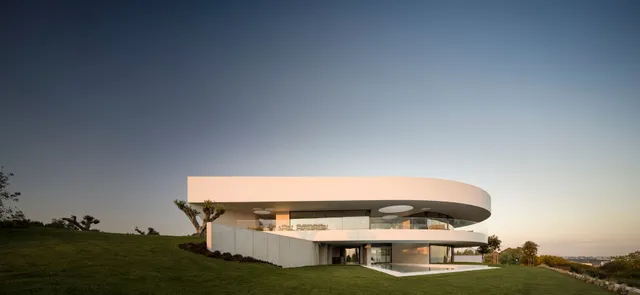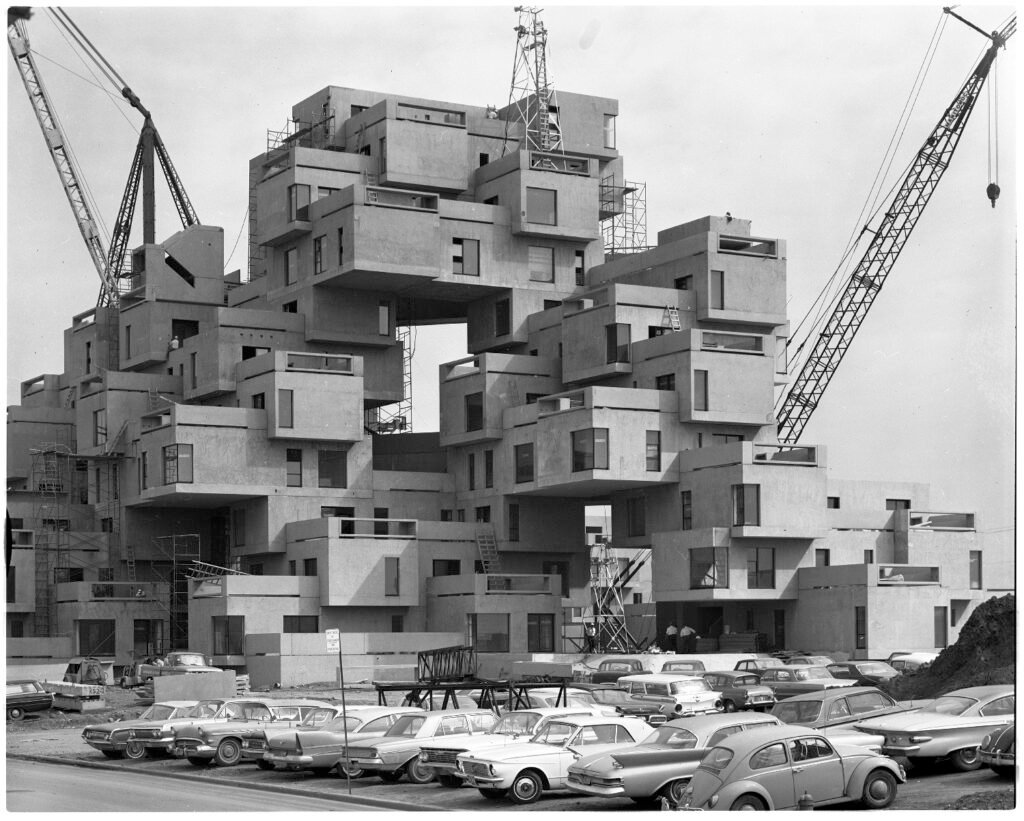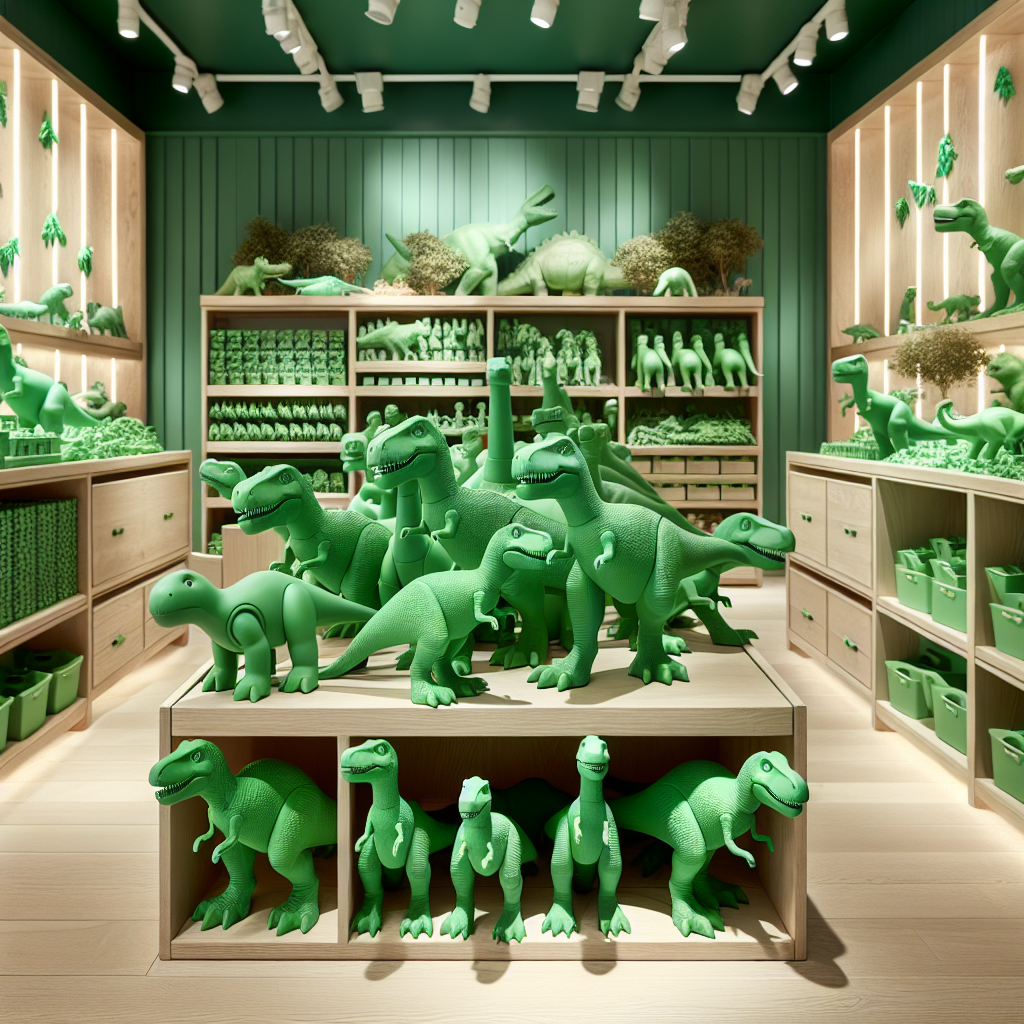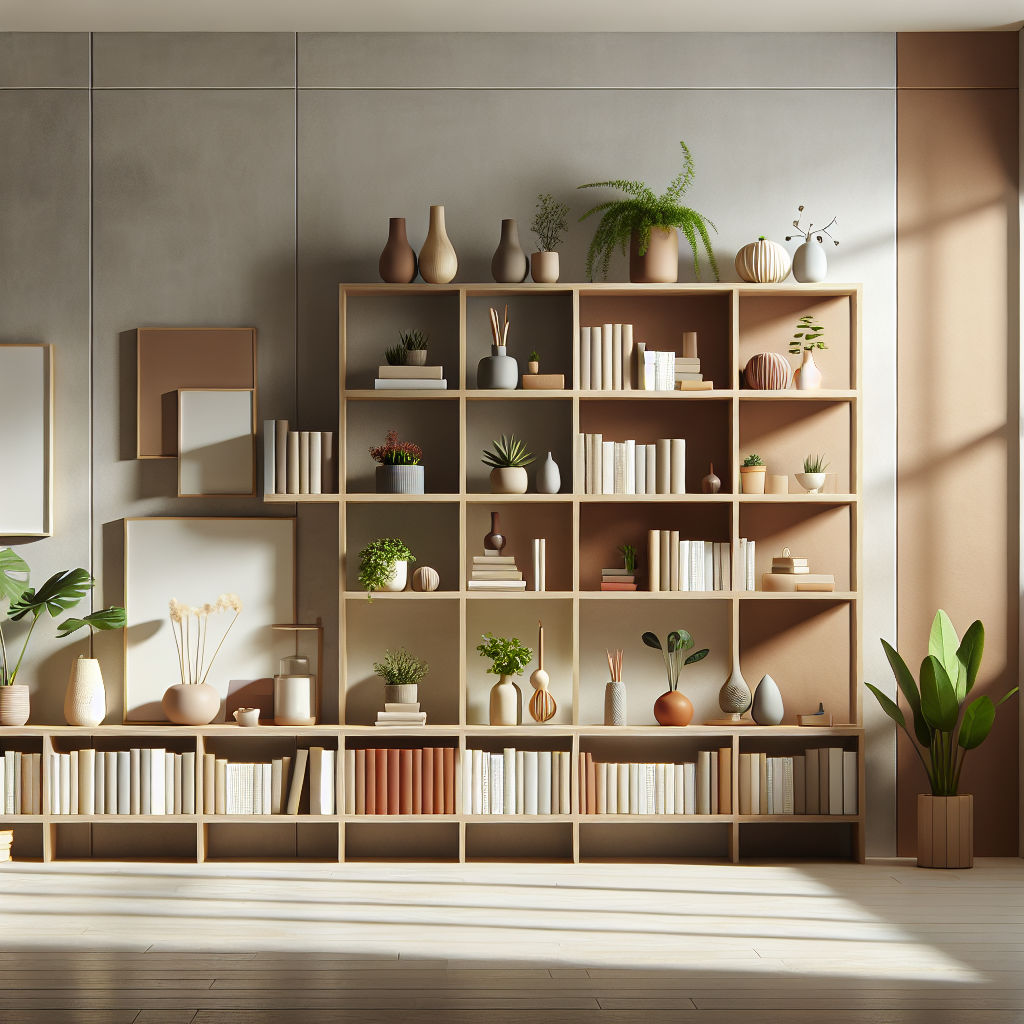In a world increasingly focused on sustainability, finding eco-friendly solutions for our homes is more important than ever. Enter Aireko Karen Morales, a name synonymous with innovative and sustainable architecture. This blog post explores how the visionary work of Karen Morales is transforming homes and communities, offering eco-conscious consumers, homeowners, and architecture enthusiasts a blueprint for the future.
The Rise of Sustainable Architecture
Sustainable architecture is not just a trend; it’s a necessity. With climate change becoming a pressing issue, architects like Aireko Karen Morales are pioneering designs that minimize environmental impact. Her projects emphasize energy efficiency, resource conservation, and the use of sustainable materials.
Why Sustainability Matters
The environmental impact of traditional construction is significant. From deforestation for timber to the carbon footprint of cement production, building homes has historically been resource-intensive. Sustainable architecture seeks to mitigate these effects by using eco-friendly materials and innovative design techniques.

The Principles of Sustainable Design
Karen Morales’ work is guided by several key principles:
- Energy Efficiency: Utilizing renewable energy sources such as solar and wind power.
- Resource Conservation: Incorporating recycled and sustainably sourced materials.
- Health and Well-Being: Ensuring good indoor air quality and natural lighting.
These principles not only benefit the environment but also enhance the quality of life for inhabitants.
Meet Aireko Karen Morales
Aireko Karen Morales is a trailblazer in the field of sustainable architecture. Her approach combines cutting-edge technology with timeless design principles, resulting in homes that are both beautiful and eco-friendly.
Background and Expertise
With a background in environmental engineering and architecture, Karen Morales brings a unique perspective to her projects. Her expertise in sustainable design has earned her numerous awards and recognition in the architectural community.
Signature Projects
Karen Morales has worked on a variety of projects, from residential homes to large-scale community developments. Each project showcases her commitment to sustainability and innovation.
Benefits of Sustainable Homes
Building a sustainable home offers numerous benefits, both for the environment and the homeowner. Here are some of the key advantages:
Energy Savings
One of the most significant benefits is reduced energy consumption. Sustainable homes are designed to be energy-efficient, which means lower utility bills and a smaller carbon footprint.
Improved Indoor Air Quality
By using non-toxic materials and ensuring proper ventilation, sustainable homes provide healthier living environments. This is particularly important for individuals with allergies or respiratory conditions.
Increased Property Value
Homes designed by Aireko Karen Morales often see an increase in property value. Buyers are increasingly looking for eco-friendly features, making these properties highly desirable.
Designing Your Dream Home
Creating an eco-friendly home might seem daunting, but with the right guidance, it’s entirely achievable. Here are some steps to get you started:
Assess Your Needs
Before embarking on your sustainable home project, assess your needs and goals. Are you looking to reduce your carbon footprint, save on energy costs, or create a healthier living environment? Understanding your priorities will guide your decisions.
Consult with Experts
Working with experienced professionals like Aireko Karen Morales can make a significant difference. They can provide insights into the latest sustainable materials and technologies, ensuring your home is both eco-friendly and functional.
Choose Sustainable Materials
Opt for materials that are recycled or sustainably sourced. Bamboo, reclaimed wood, and recycled metal are excellent choices for flooring, cabinetry, and structural elements.
Integrating Renewable Energy
Renewable energy is a cornerstone of sustainable architecture. Here’s how you can integrate it into your home:
Solar Panels
Solar panels are a popular choice for homeowners looking to generate their own electricity. Advances in technology have made solar panels more efficient and affordable than ever.
Wind Turbines
For those living in windy areas, small-scale wind turbines can be an effective way to produce renewable energy. These systems can be integrated into the design of your home, providing a reliable energy source.
Geothermal Systems
Geothermal heating and cooling systems use the earth’s natural temperature to regulate indoor climate. This technology is highly efficient and can significantly reduce energy costs.
Water Conservation Strategies
Water conservation is another critical aspect of sustainable home design. Here are some strategies to consider:
Rainwater Harvesting
Collecting and storing rainwater for use in irrigation and plumbing reduces the demand on municipal water systems. This system can be easily integrated into your home’s design.
Low-Flow Fixtures
Installing low-flow faucets, showerheads, and toilets can drastically reduce water usage without sacrificing performance. These fixtures are designed to conserve water while maintaining comfort and functionality.
Greywater Recycling
Greywater recycling involves reusing water from sinks, showers, and laundry for irrigation and other non-potable uses. This system reduces water waste and supports sustainable living.
Enhancing Indoor Air Quality
Healthy indoor air quality is essential for a comfortable living environment. Here are some ways to improve it:
Use Non-Toxic Materials
Choose paints, adhesives, and finishes that are free from volatile organic compounds (VOCs). These chemicals can off-gas harmful pollutants, affecting indoor air quality.
Incorporate Natural Ventilation
Design your home to take advantage of natural ventilation. Strategically placed windows and vents can help circulate fresh air, reducing the need for artificial cooling.
Install Air Purifiers
Air purifiers can remove allergens, dust, and other pollutants from the air, creating a healthier indoor environment. Choose energy-efficient models to maintain sustainability.
Smart Home Technology
Integrating smart home technology can further enhance the sustainability of your home. Here are some options:
Smart Thermostats
Smart thermostats learn your habits and adjust heating and cooling settings accordingly. This not only improves comfort but also reduces energy consumption.
Automated Lighting
Automated lighting systems use sensors and timers to control when lights are on, ensuring they are only used when needed. This reduces energy waste and lowers utility bills.
Home Energy Monitors
Home energy monitors track your energy usage in real-time, helping you identify areas where you can save. These devices provide valuable insights into your consumption patterns.
Building Community Connections
Sustainable living extends beyond the walls of your home. Building strong community connections can amplify your efforts and create a positive impact.
Community Gardens
Participating in or starting a community garden promotes local food production and reduces the carbon footprint associated with transporting produce. It also fosters a sense of community and shared responsibility.
Local Sustainability Initiatives
Get involved in local sustainability initiatives, such as recycling programs or clean energy projects. These efforts contribute to a more sustainable community and provide opportunities to connect with like-minded individuals.
Green Building Certifications
Pursuing green building certifications, such as LEED or Passive House, can provide recognition for your efforts and set an example for others in your community. These certifications validate your commitment to sustainability.
The Future of Sustainable Architecture
The future of sustainable architecture looks promising, with ongoing advancements in technology and design. Here’s what to expect:
Innovations in Materials
Researchers are continuously developing new sustainable materials that are robust, affordable, and environmentally friendly. These innovations will expand the options available for eco-friendly home construction.
Advanced Energy Solutions
Advancements in renewable energy technologies will make it easier and more cost-effective to power homes sustainably. Expect to see more efficient solar panels, wind turbines, and energy storage solutions.
Smart Cities
The concept of smart cities is gaining traction, with urban areas designed to be sustainable, efficient, and connected. These cities will leverage technology to optimize resource use and improve quality of life for residents.

Embracing Sustainable Practices at Home
To cultivate a truly sustainable living environment, it’s essential to embrace a range of practices that promote eco-consciousness in daily routines. Here are some strategies to consider:
Eco-Friendly Cleaning Products
Choosing natural cleaning products can significantly reduce the introduction of harmful chemicals into your home. Look for biodegradable, non-toxic alternatives that effectively clean surfaces while minimizing environmental impact.
Composting
Composting kitchen scraps and yard waste not only reduces landfill waste but also produces nutrient-rich soil for gardening. Setting up a compost bin in your backyard or using a countertop composter can help support sustainable waste management.
Energy-Efficient Appliances
Investing in energy-efficient appliances contributes to lower energy consumption and reduced utility bills. Look for products with the ENERGY STAR label, which indicates they meet strict energy efficiency guidelines.
Minimalism and Decluttering
Adopting a minimalist lifestyle encourages you to buy less and truly value what you own. Regularly decluttering your home can reduce waste and promote a more intentional, sustainable way of living.
By integrating these practices into your daily life, you can create a harmonious balance between comfort and ecological responsibility, paving the way for a more sustainable future.
Conclusion
Sustainable architecture, as exemplified by Aireko Karen Morales, offers a path to a greener future. By adopting eco-friendly practices and integrating innovative technologies, you can transform your home into a model of sustainability. Whether you’re a homeowner, eco-conscious consumer, or architecture enthusiast, the benefits of sustainable living are within reach. Take the first step today and explore the possibilities of sustainable design. Your future home—and the planet—will thank you.
Explore the ideas shared in this post and consider how you can implement them in your home. If you’re ready to take the next step, connect with an expert like Aireko Karen Morales to bring your vision to life. Sustainable living is not just a choice; it’s a responsibility we all share.







